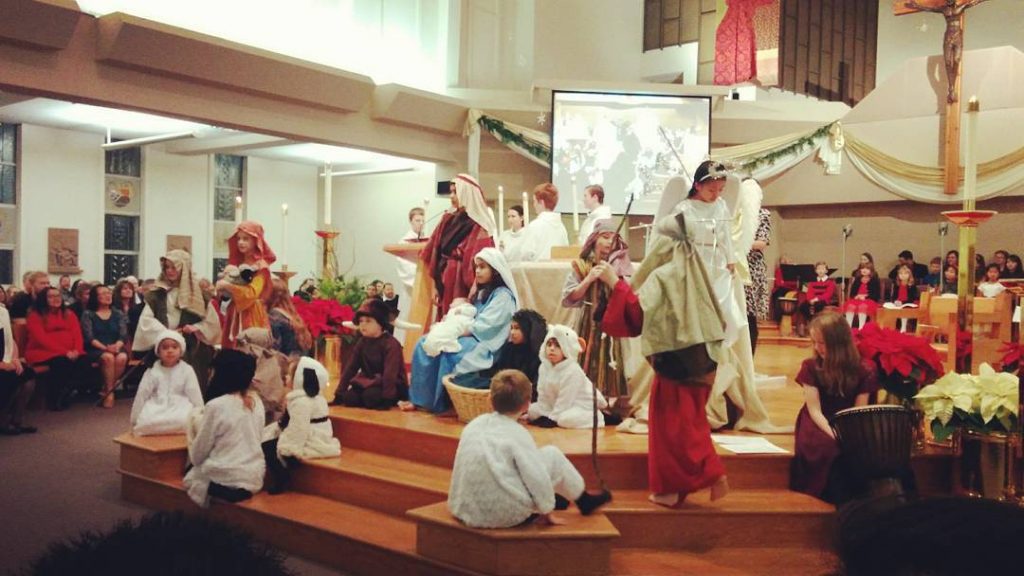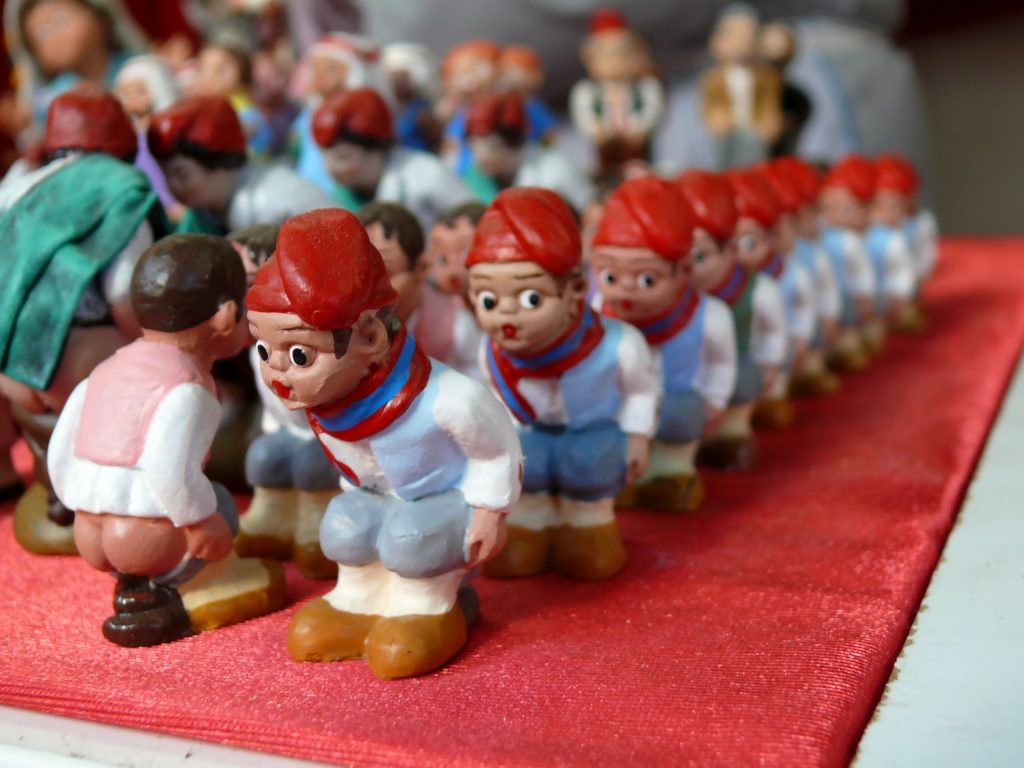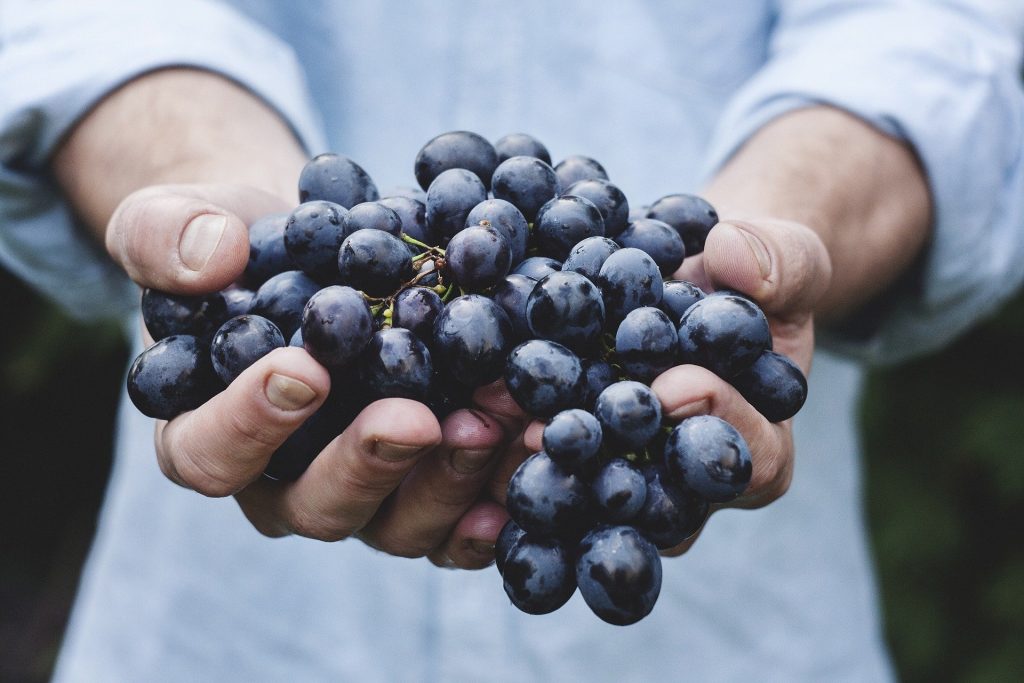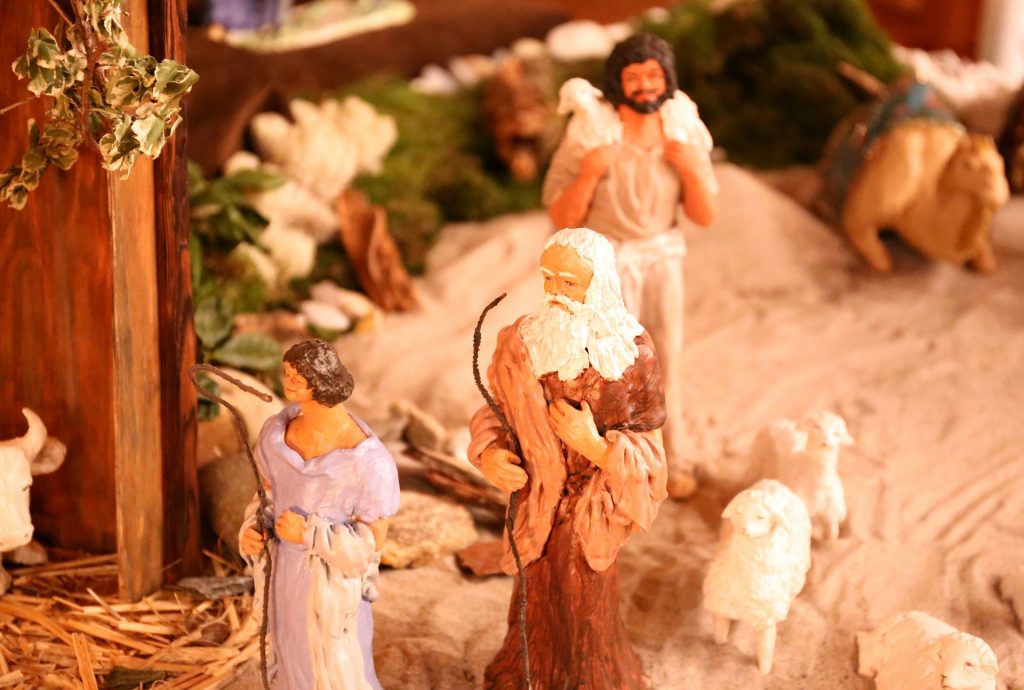Feliz Navidad: Christmas, New Year and Epiphany in Spain
Those who move to the sunny costas, or buy a second home there, sooner or later celebrate Christmas in Spain. Caution: not suitable for romantics who dream of a white Christmas. The Costa del Sol and Blanca still easily reach temperatures above 20 degrees these days. Oh well, sangria on a beach instead of mulled wine at a cold Christmas market, it's a change we happily adapt to.

But Christmas and New Year's doesn't just require a vestimentary turnaround. Those who spend the end of the year in Spain should also make these Spanish customs their own.
The whole country participates in 'the fat one'
The day after the solstice, on December 22, Spain is under the spell of "the fat one. No, we're not talking about that burgundy uncle who eats himself into indigestion every time on Christmas Eve. El gordo is the Christmas lottery that has been making all Spaniards crawl on the edge of their seats since 1812. It makes sense: more than two billion euros are at stake every year, making el gordo the most lucrative lottery in the world.

A lot costs 200 euros, although most Spaniards buy a tenth of that. Whole villages and families lay together. On December 22, the lucky numbers are taken out of a big drum in the morning. The children of Madrid's oldest school sing the songs, a tradition that has lasted since time immemorial and has led to exclamations of Mierda! Sometimes one village wins 720 million euros, although there is always a sucker who happened to be tight on cash that year and therefore did not participate. El gordo also heralds the unofficial beginning of the end-of-year celebrations.
The rooster's mass on Christmas Eve

Christmas Eve in Spain is not so different from ours. Bars and restaurants close their doors, as most families gather on that Nochebuena to eat well. In the past, a truffle-stuffed turkey was often on the Christmas menu; today it is often replaced by seafood such as clams and lobster, a roast lamb or pig, and a selection of cheeses, hams and pates. Although the Spaniards keep quite a bit of room for the requisite sweetness. Especially popular is turrón : nougat with sweet almonds, a delicacy that is said to have been around since Moorish times. No one leaves the Christmas table hungry.
Traditionally, Catholic Spaniards went to midnight mass after that. La Misa del Gallo they call it, the mass of the rooster. Because a rooster crowed during the night that baby Jesus was born. Still lucky there wasn't a techno party near Bethlehem, or god knows what name the mass would have been given. People used to walk the streets with torches after midnight mass. Accompanied by guitars, tambourines and drums, they sang Christmas songs. At Nochebuena , no one went to sleep early. Those traditions are disappearing, yet Christmas in Spain is still less commercial than in many other countries.
Christmas in Spain: more nativity scenes than trees
Meanwhile, things were changing, but in the past the Christmas tree was not really part of the tradition in Spain. Although the Spaniards more than compensated with their nativity scenes. You think a simple stall, with Joseph, Mary, Jesus, the ox, the donkey and some shepherds and their sheep, will do? Well, no! In Spain, they recreate the entire village of Bethlehem in every detail, including the surrounding countryside.
Certainly in market squares or in store windows, the scenes are very elaborate, but Spaniards also like to reenact the birth of Jesus in a wide-ranging way at home. At Christmas markets, such as the one in Barcelona, you can therefore find a whole arsenal of attributes, from all kinds of figurines to moss and straw for the manger. The most notable extras to be part of the traditional Christmas scene? The caganer, or: the cockerel. Not a stray supporter of KV Mechelen, but a male who literally does his thing.

Which brings us seamlessly to the next point:
A block of wood cakes candies
The Caga Tió is a block of wood dressed with a blanket against the cold. It has wooden legs, a face and a barretina, a Catelan hat.

Spanish children keep such a Caga Tió (literally: pooping block of wood) in the school or at home. On Christmas Eve, they knock on it with a stick, sing a special song, and ask him to cake turrón and other sweets. After which they remove the blanket and.... find candy.
April 1 falls on December 28 in Spain
On April 1, as Belgians, we like to kick each other's asses or stick an April fish on the back. We believe nothing of what the newspapers try to make us believe. In Spain, don't let your guard down on April 1. But on December 28, on the other hand, you better pay attention. This is when Spaniards celebrate the dia de los santos inocentes, literally: the day of the innocent saints.
We know this as the Feast of the Innocents. No, that has nothing to do with that rotten kid next door who is always ringing bells. For those of you who weren't paying close attention in catechesis, this is the day the Catholic Church commemorates when King Herod the Great had innocent little boys from Bethlehem murdered. For Spaniards, this is now the opportunity to dress up or prank their fellow man. Crazy guys, those Spaniards.
At New Year, Spaniards eat twelve grapes
No Spaniard who does not start the New Year by frantically devouring twelve grapes. One per chime, because that would command good luck for the twelve upcoming months. In doing so, each grape symbolizes one month. Although quatonists claim that the tradition stems mainly from the peasant wisdom of the grape farmers, who were happy to get rid of their surplus.

Spaniards are prone to superstition. Those looking for love in the New Year, they claim, best put on red underpants on New Year's Eve. Preferably without holes, in case you bump into that love that very night.
Most Spaniards start the evening of Nochevieja at home. After the trick with the grapes and a glass of cava, they go out until the early hours. In Madrid, people gather at the Puerta del Sol, the central market square, to count down to the New Year under the old clock tower. Grapes and cava are not missing there either. In Barcelona there is a similar popular festival in the Plaza España, in Valencia in the Plaza de Ayuntamiento and in Granada in the Plaza del Carmen. Every city has its own street party.
Lentils for New Year
Traditionally, Spaniards eat a soup or stew of lentils and chorizo on January 1. Possibly the tradition came over from Italy, where lentils are synonymous with prosperity. Another explanation is that the lentils represent small coins, which represent wealth. By spooning up a plate of lentil soup, Spaniards hope to command a lucrative new year. Though then it's just a matter of waiting for a new el gordo.
Epiphany brings gifts to children
Just as he plays second fiddle to St. Nicholas in our house, Santa Claus is not the greatest children's friend in Spain either. The Epiphany, which two millennia ago brought gold, myrrh and frankincense to Jesus, in Spain delights children with sweets and toys.
Each child does send a bill in advance to the kings, who in Spain are called Los Reyes Magos. And then on the evening of January 5, leave his or her shoe on window sill or balcony or under the Christmas tree. It is also appropriate to placate the kings by leaving walnuts, tangerines or a glass of brandy. And a bucket of water for the camels of the kings. It doesn't always have to be a fungus.
Almost every city holds a three-ring parade. It's dead wrong to see grown people lugging umbrellas around. Not because they expect rain, but to use it upside down to catch candy. The oldest parade takes place in Alcoy, in the province of Alicante, and ends with fireworks in the town center.
Epiphany is the time when the Roscón de Reyes is cut. This is a circular pastry filled with whipped cream and topped with almonds and colorful candied fruit. The pastry is different from what the three-ring cake we eat on January 6, but one custom is the same: whoever finds a small figure in their piece is king or queen for one day. If you find a bean, you must pay the roscón the following year. Today, some bakeries put diamonds, gold bars or checks in their cakes.
With Epiphany, the Christmas season in Spain comes to an end.














